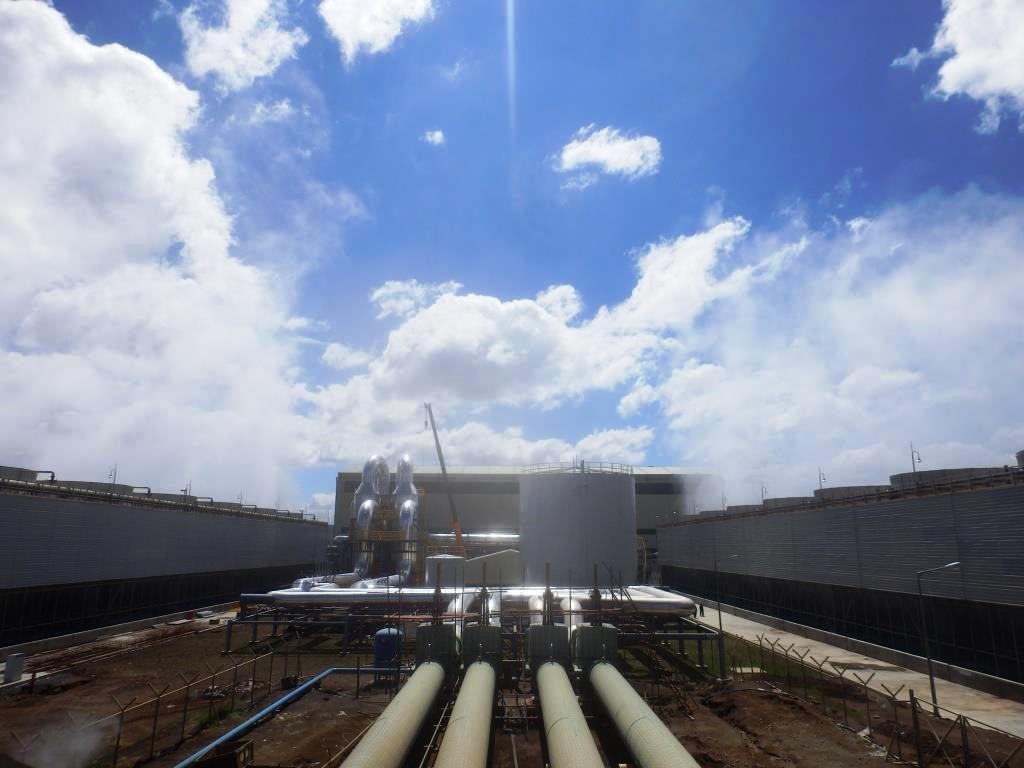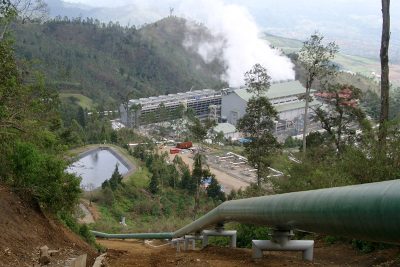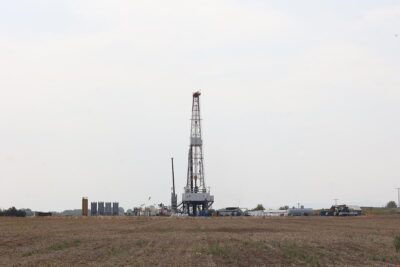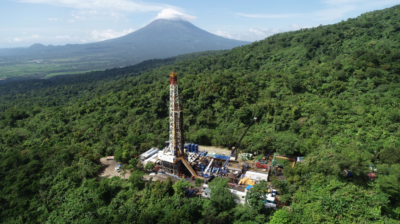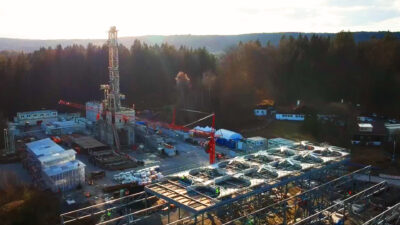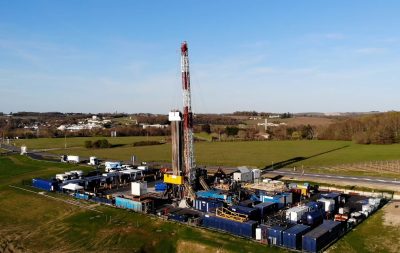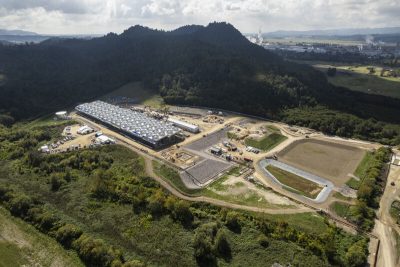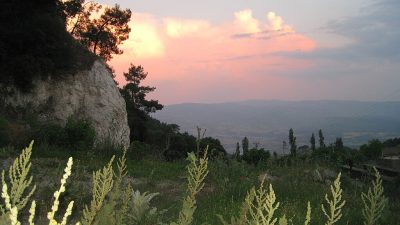Up to $2.5 billion were invested in development of geothermal projects in 2016
A recent report by Frankfurt School for Climate & Sustainable Energy Finance presents key figures on investments in renewable energy projects worldwide, reporting that up to $2.5 billion have been invested into geothermal projects globally in 2016.
In a recently released report on global trends in renewable energy investments, the Frankfurt School for Climate & Sustainable Energy Finance, has provided key highlights in financing for renewable energy projects in 2016, including geothermal.
In the key findings, the report describes that “More for less” was the story of renewable energy in 2016. Global new investment in renewables excluding large hydro fell by 23% to $241.6 billion, the lowest total since 2013, but there was record installation of renewable power capacity worldwide in 2016. Wind, solar, biomass and waste-to-energy, geothermal, small hydro and marine sources between them added 138.5GW, up from 127.5GW in the previous year.
This 2016 GW figure was equivalent to 55% of all the generating capacity added globally, the highest proportion in any year to date. Investment in ‘new renewables’ capacity was roughly double that in fossil fuel generation in 2016, for the fifth successive year. The proportion of global electricity coming from these renewable sources rose from 10.3% in 2015 to 11.3% in 2016, and prevented the emission of an estimated 1.7 gigatonnes of CO2.
The smaller sectors of renewable energy had mixed fortunes in terms of investment last year. Biofuels fell 37% to $2.2 billion, the lowest for at least 13 years, biomass and waste held steady at $6.8 billion and small hydro at $3.5 billion, while geothermal rallied 17% to $2.7 billion.
In asset finance, the geothermal energy sector was the only sector to see an increase in asset finance in 2016, with a 14% rise to $2.5 billion.
The level of investment in new geothermal capacity worldwide has been relatively consistent over the last eight years, averaging $2.2 billion, so last year’s total is unlikely to mark any new trend.
The largest geothermal plants reaching financial close in 2016 were the ENDE Laguna Colorada project in Bolivia, at 100MW and $612 million (we reported on this recently), and the KenGen Olkaria V undertaking in Kenya, at 140MW and $403 million. Japan was instrumental in the financing of both these projects, its government agreeing a credit line for the Bolivian installation and the Japan International Cooperation Agency signing a loan deal with KenGen for the latter. There were also $100 million-plus projects financed in Turkey, Iceland and Honduras.
The actual report “Global Trends in Renewable Energy Investment 2017” can be downloaded here (pdf).
Source: Frankfurt School for Climate & Sustainable Energy Finance
